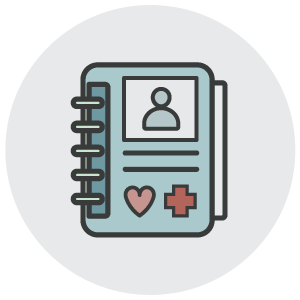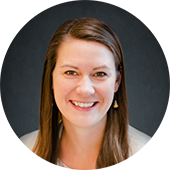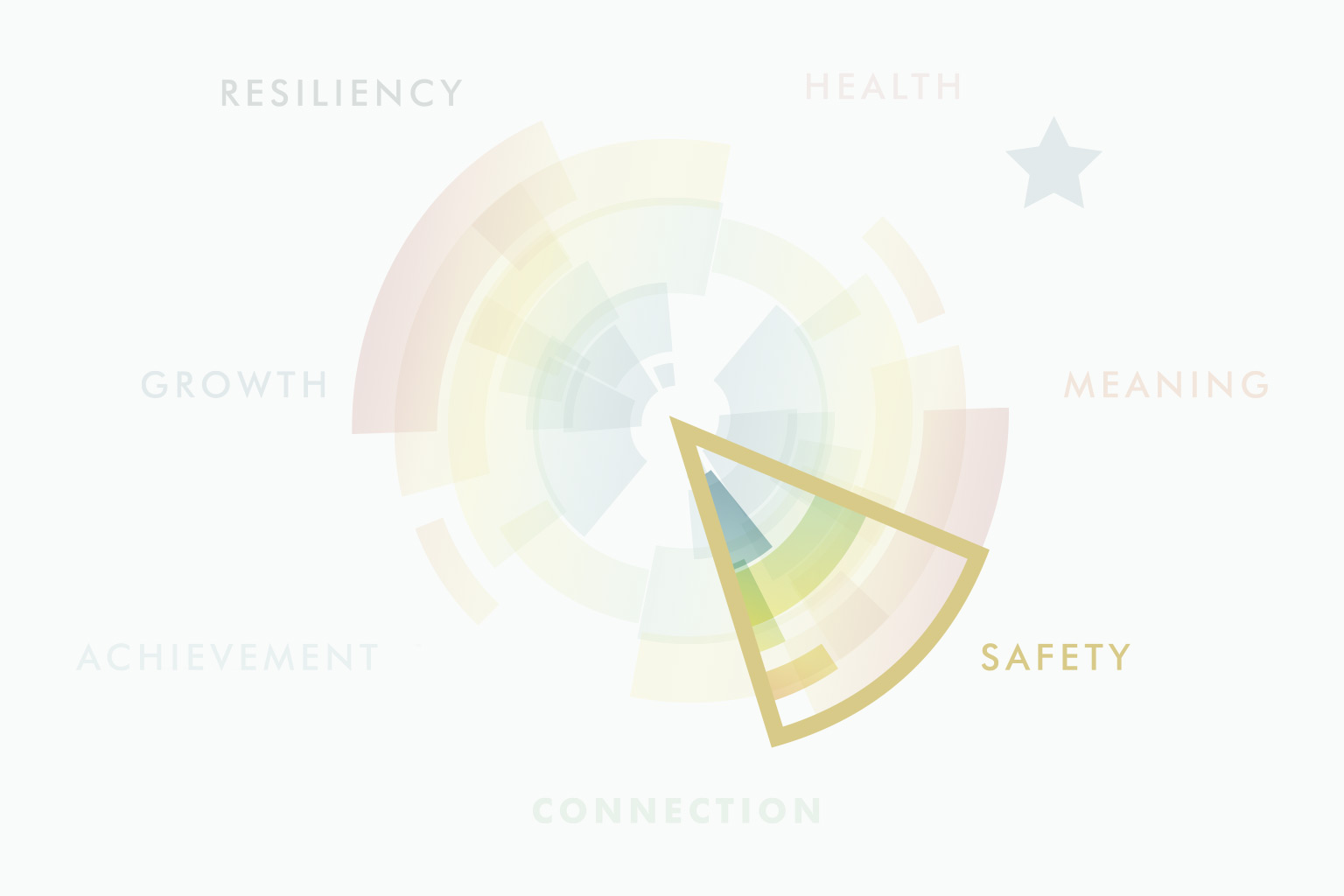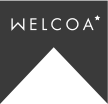It should come as no surprise that the spaces we occupy every day have a huge impact on our overall wellness. The Environmental Protection Agency and Vancouver Coastal Health report that Americans and Canadians spend about 90% of their time indoors. But what about the time we spend outdoors?
Your Welcoa membership has expired.
Preaching To The Choir
It’s no secret that the medical model of workplace wellness fails, but what’s the missing link? While employers have added more robust offerings to include financial well-being, mental health support, and resilience training, many programs still struggle to effectively meet the needs of the employees or the business.
In a recent webinar covering our 2022 theme of Safety, we set the stage for a modern model of workplace wellness. This modern model looks like one in which we recognize that people’s well-being is complex and dynamic, not one-size-fits-all. The goal of businesses and organizations should not be to prescribe the specifics of how each person achieves well-being, but to create an ecosystem in-which well-being can be achieved.
Businesses, communities, and employees suffer severe implications when sticking to results-based systems rather than engaging in responsive change. So where do you start? There is a pathway for this work and it begins in the workplace.
- Recognize that you hold the power. If change needs to happen at an organizational level, it’s up to employers and leaders to make it happen. Your employees don’t have control over every factor that contributes to or harms their well-being. In the workplace, you have the power to create a supportive environment for the needs that are outside of your employee’s control.
- Become aware of the ways you might be contributing to harm or creating barriers. This is where many medical models and competition-based programs miss the point. It’s great to encourage physical activity, mindfulness, and healthy eating, but these habits aren’t one-size-fits-all. This can leave participants feeling guilty for what they can’t do, don’t have the resources to do, or don’t have the supports to do. Consider that your goal should be to amplify the well-being of the whole person, not just parts of the person.
- Wellness is as much about implementing support as it is about removing barriers. While it’s easy to recognize where you can support and encourage change, consider the barriers that need to be overcome in order for change to take place in the right environment. You wouldn’t plant flowers in a flowerbed full of weeds, right? You’d ensure the flowers had the ideal environment for flourishing.
Five years ago, several leaders were meeting at events like Wellness Underground to talk about these same ideas. Many did not even feel it was safe to talk about these things without repercussions in their job. We are thrilled that there is a choir. However, as the saying suggests, the choir gets it while perhaps the rest of the congregation is just beginning to settle into this new way of thinking.
To the choir, we hear you.
Our webinar content and tactical resources for the rest of the year are designed to support you as you step out boldly in redesigning your workplace for well-being. Upcoming webinars on this topic will focus on the specifics of walking out of an outcomes-based model among other things. You will definitely want to attend the Leadership Strategy event in June because two of our three speakers will represent their company’s strategy to weave fabric into the way they do business.Based on the important feedback we received after every webinar this year, it’s evident that there are many of you who are excited about this new modern model. Perhaps you are just beginning to process it. We’ve got something for you too. We’ve identified and created comprehensive training, toolkits, courses, templates, and guides around 7 Benchmarks for Workplace Wellness. By using this information in your organization or with your clients, you can provide a credible framework that can be tailored toward organization-specific values, mission, vision, and goals for wellness.
Regardless of whether you’re in the choir or the congregation, the best thing you can do get a pulse on how your company or organization is doing. The WELCOA Checklist does just that. This assessment takes about an hour. It will tell you exactly what your organizational strengths and opportunities are in regard to your strategy for employee well-being. If you need additional support you can book a consultative power hour with WELCOA Leadership for a small fee. Many organizations find this very valuable.
Every company is complex and dynamic. WELCOA is designed to offer a variety of supports that set the stage for success. Just like a good workplace wellness effort, the goal is not to prescribe the specifics. Our goal is to create meaningful supports that support your unique business needs.

The Missing Link in Workplace Wellness
It’s no secret that the medical model of workplace wellness fails, but what’s the missing link. While employers have added more robust offerings to include financial well-being, mental health support, and resilience training, many programs still struggle to effectively meet the needs of the employees or the business. In this course, WELCOA’s COO Maggie Gough, will outline a modern model of corporate wellness. This course will underscore the reason businesses need to shift their wellness models from being a series of supportive programs and outline how to design work for well-being. Businesses, communities, and employees suffer severe implications when sticking to results-based systems rather than engaging in responsive change. There is a pathway for this work and it begins in the workplace.
START THE COURSE »




